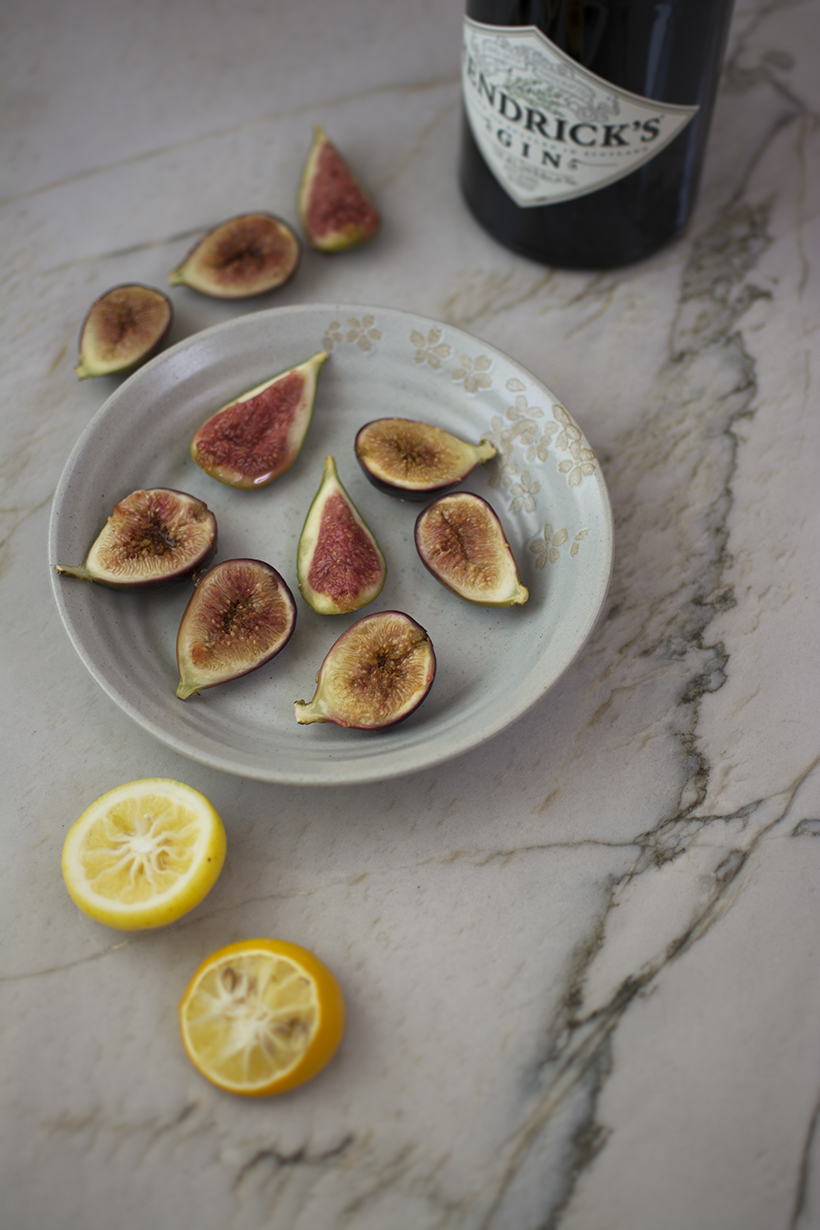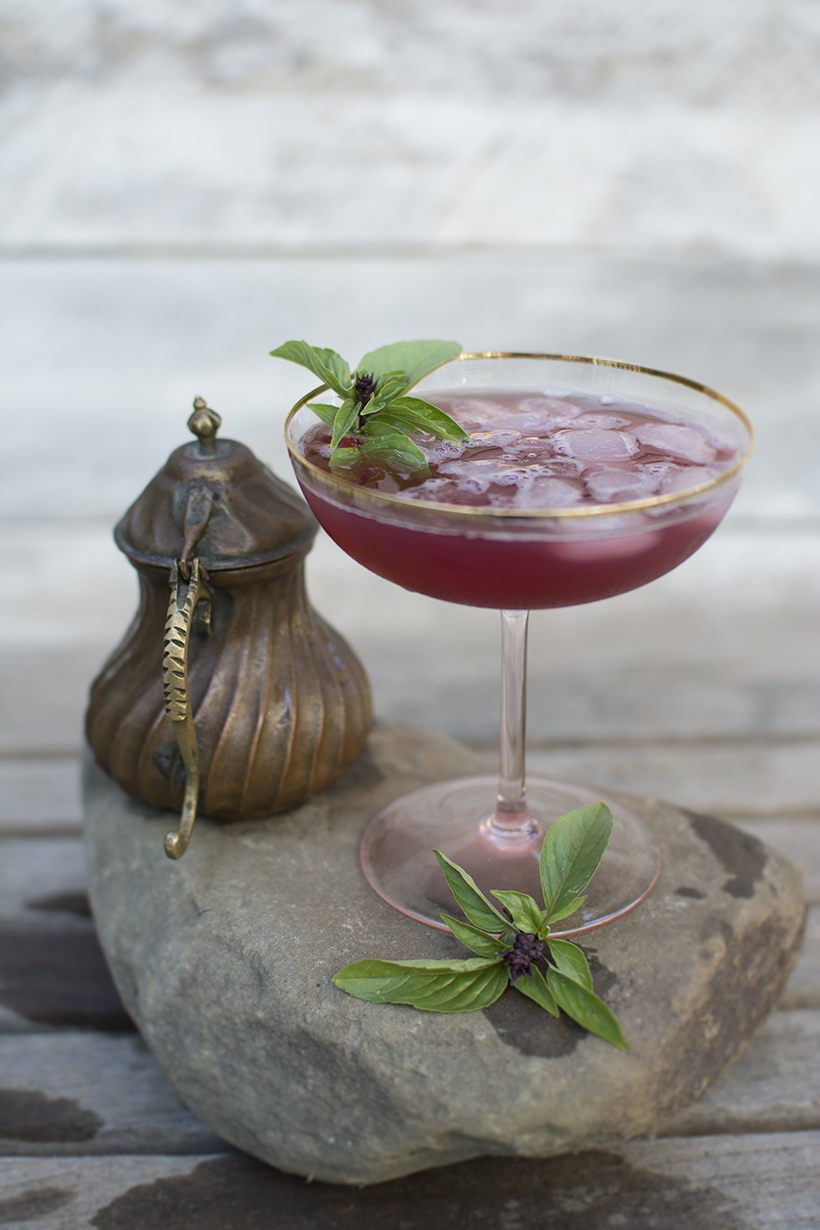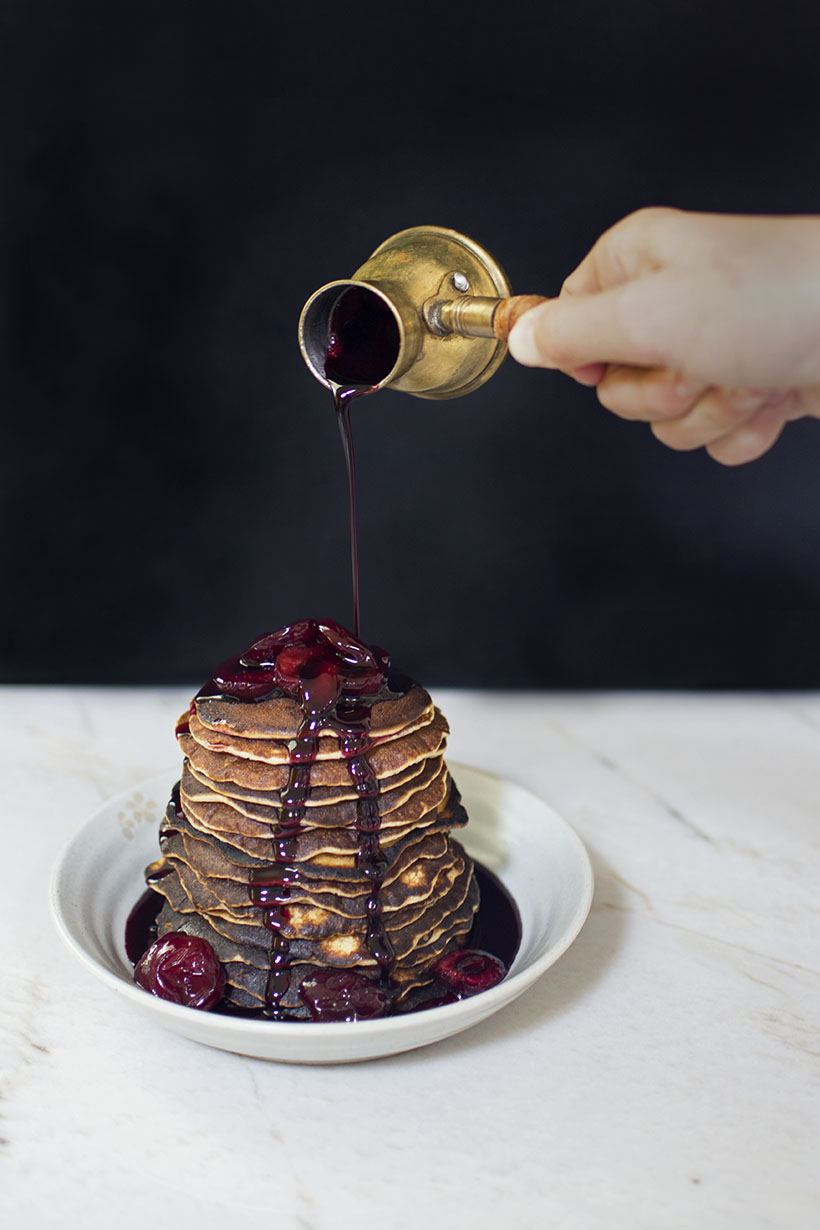Cuban photographer, José Manuel Fors, is testimony to the theory that environment influences the artist. Cuba is not a place one visits for the latest in cars or technology and Havana is a visual museum of the old and antiquated. Fors, like many Cuban artists, makes use of extremely limited supplies. The average Cuban photographer would not dream of producing large scale prints. Oversized exhibition pieces like those of Richard Avedon or Annie Liebovitz are an unattainable luxury in Havana for any professional artist. That is, unless that artist is Fors who thinks outside of the confines of his environment.
Fors’ fascination with past ancestors informs much of his work. Dead tree leaves were his first muse, blowing in circles on the streets of Havana and accumulating in the street corners year upon year. Fors invited these leaves into his home, his bedroom acting as the actual installation site for the curated leaves. Fors and his wife, who is his primary assistant, welcomed them as ancestral guests of mother nature. Fors’ work eventually moved to the gathering of the leaves of his own human ancestors — the bundles of photographs stored in the cabinets and drawers within his home. In connecting multitudes of small hand printed photographs together in large-scale circular montages, Fors creatively engineers magnificently dramatic and large scale final compilations. The sum of the whole is greater than its individual parts, and so it goes in Havana. Fors declares “when you have a disadvantage, you have to take advantage of it.”

José Manuel Fors speaks at Foothill College, Los Altos Hills, CA © Yvonne Cornell, 2011





Leave a Reply